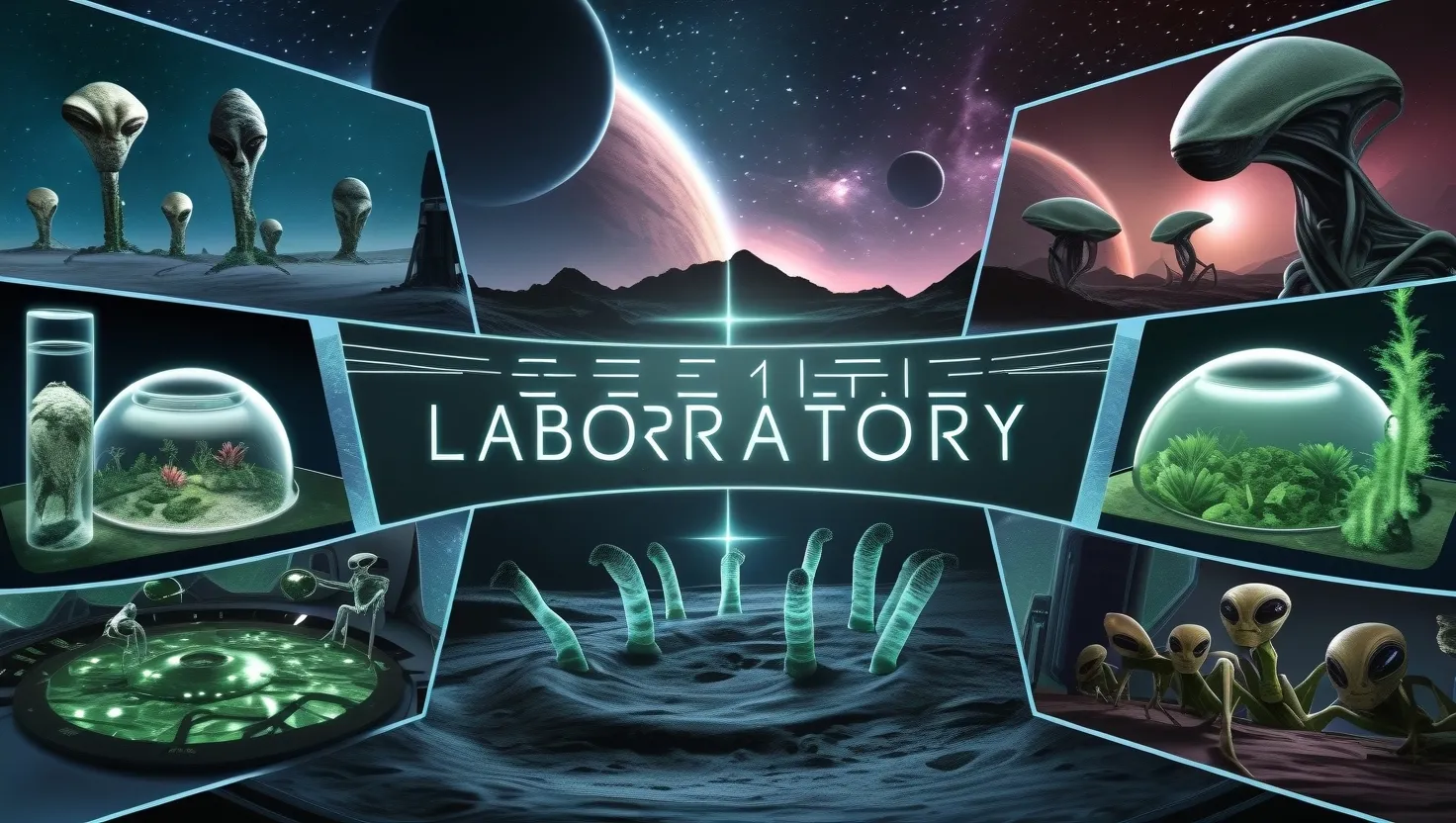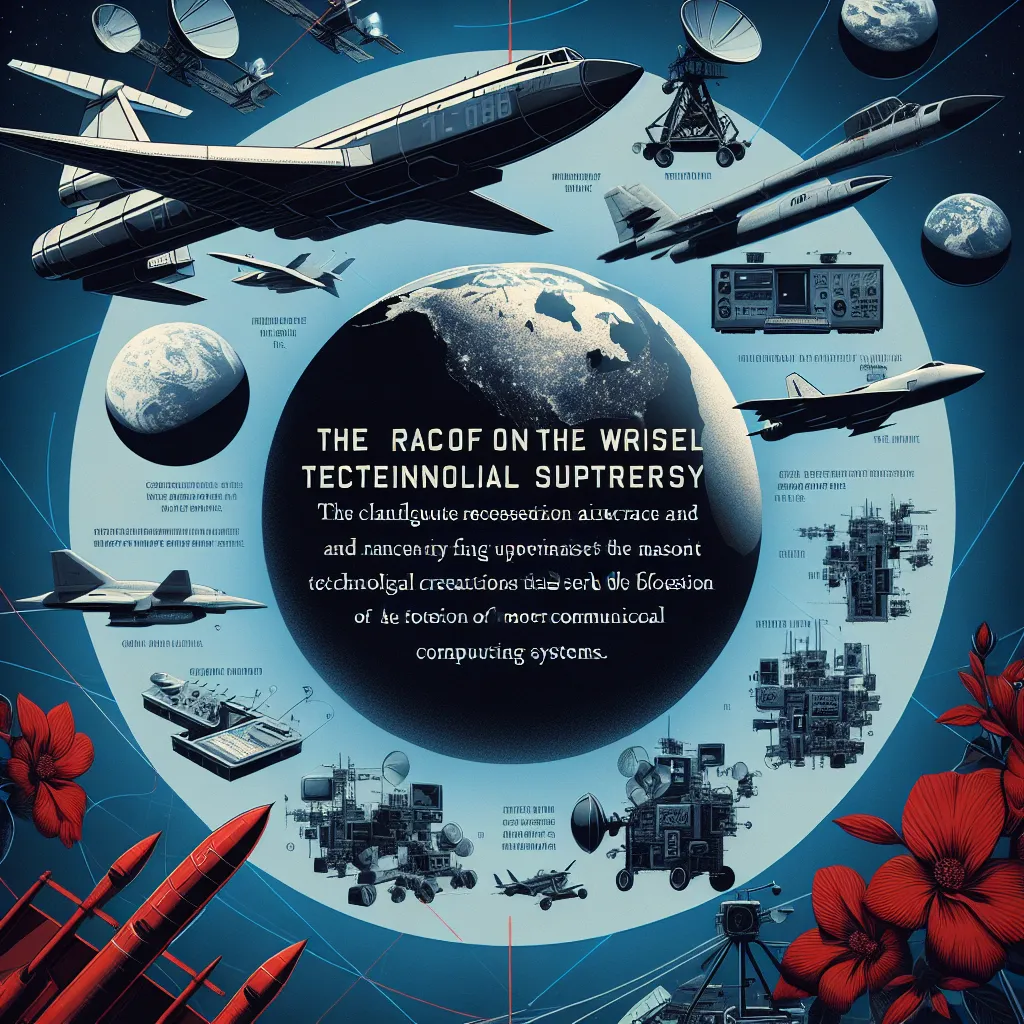As we venture deeper into the cosmos, the field of astrobiology continues to surprise and intrigue us with discoveries that challenge our traditional views of life. Here are eight remarkable findings that have significantly expanded our understanding of where and how life might exist.
Phosphine on Venus: A Biosignature in the Harshest of Environments
Imagine a planet shrouded in thick sulfuric acid clouds, with surface temperatures hot enough to melt lead. This is Venus, and yet, recent discoveries suggest it might harbor life. The detection of phosphine, a molecule often associated with biological activity, in Venus’ atmosphere has sparked intense interest. Phosphine is particularly intriguing because it has few non-biological sources, especially in the harsh conditions of Venus.
“What if life evolved under radically different conditions?” This question, posed by astrobiologist Caleb Scharf, resonates deeply as we consider the possibility of life on Venus. The presence of phosphine does not confirm life, but it does open up new avenues for research. For instance, the upper atmosphere of Venus, though still hostile by Earth standards, has regions that are relatively temperate and could potentially support microbial life.
Organic Molecules in Enceladus’ Plumes: Expanding Habitable Zones
Saturn’s moon Enceladus is a frozen world with a hidden secret: beneath its icy surface lies a warm, liquid water ocean. When NASA’s Cassini mission detected organic molecules in the plumes of water vapor and ice particles erupting from Enceladus, it hinted at a possible habitat for life. These organic molecules are the building blocks of life and their presence suggests that Enceladus could be a fertile ground for biological processes.
As we ponder the possibility of life on Enceladus, we are reminded of Carl Sagan’s words: “For small creatures such as we, the vastness is bearable only through love.” The love for discovery drives us to explore these distant worlds, and Enceladus is now a prime target in the search for extraterrestrial life.
Methane Fluctuations on Mars: A Hint of Microbial Activity?
Mars, our closest neighbor in the solar system, has long been a focal point in the search for life. Recent observations of methane fluctuations in the Martian atmosphere have raised eyebrows. Methane is a potent greenhouse gas that can be produced by microbial life, among other sources. While the origin of this methane is still unknown, it presents an exciting mystery.
“The search for life on Mars is a bit like searching for a needle in a haystack,” but with each new discovery, the haystack gets smaller. The possibility that microbial life could be responsible for the methane fluctuations is a tantalizing one, prompting further research and missions to the Red Planet.
Exoplanets with Earth-like Atmospheric Compositions
The discovery of exoplanets, particularly those with Earth-like atmospheric compositions, has revolutionized our understanding of the potential for life beyond our solar system. These planets, often referred to as “Earth analogs,” offer a glimpse into what might be possible elsewhere in the universe.
As James Kasting, a planetary scientist, noted, the discovery of exoplanets was a complete surprise, especially the “hot Jupiters” that orbit close to their stars. This unexpected finding has expanded our view of what constitutes a habitable zone and encourages us to look beyond the traditional parameters for life.
Extremophiles Thriving in Space-like Conditions on Earth
On Earth, there exist organisms known as extremophiles that thrive in conditions that would be lethal to most other life forms. These microbes can survive in extreme temperatures, high pressures, and even in the absence of oxygen. Studying these extremophiles provides valuable insights into how life might adapt in harsh extraterrestrial environments.
The existence of extremophiles challenges our conventional understanding of life’s limits. As astrobiologist Voytek remarks, “The iteration between the environment and the biosphere led to the evolution of systems that we have in complete ecosystems.” This interplay suggests that life can find a way to thrive even in the most inhospitable conditions.
Potential Microfossils in Martian Meteorites
Meteorites that originate from Mars and land on Earth offer a unique window into the Red Planet’s past. Some of these meteorites contain structures that resemble microfossils, sparking debate about the possibility of ancient life on Mars.
While these findings are not conclusive, they do raise intriguing questions. If life did exist on Mars in the past, what might have caused it to disappear? And if it did not, why do we see these fossil-like structures? The search for answers here is as much about understanding Mars as it is about understanding the origins of life itself.
Complex Organic Molecules in Protoplanetary Disks
Protoplanetary disks, the swirling clouds of gas and dust around young stars, are the birthplaces of planets. Recent discoveries have shown that these disks contain complex organic molecules, the precursors to life.
This finding is significant because it suggests that the raw materials for life are widespread in the universe. As Sara Imari Walker of Arizona State University notes, “We want to have new tools for identifying and even predicting features of life as we don’t know it.” The presence of these molecules in protoplanetary disks is a step towards understanding the universal laws that govern the emergence of life.
Water-Rich Exoplanets: New Targets for Life Detection
Water is essential for life as we know it, and the discovery of water-rich exoplanets has opened up new avenues for the search for extraterrestrial life. These planets, some of which are located in the habitable zones of their stars, offer promising targets for future missions.
As we explore these water-rich worlds, we are reminded of the words of Neil deGrasse Tyson: “The universe is a pretty big place. If it’s just us, seems like an awful waste of space.” The search for life on these exoplanets is driven by the hope that we are not alone in this vast universe.
In conclusion, these discoveries in astrobiology paint a vibrant picture of the possibilities for life beyond Earth. Each finding challenges our current understanding and pushes us to think more broadly about what life can be. As we continue to explore and research, we are drawn closer to answering one of humanity’s most profound questions: Are we alone in the universe? The journey, though long and complex, is filled with excitement and promise, and it is this journey that makes the search for life so compelling.






